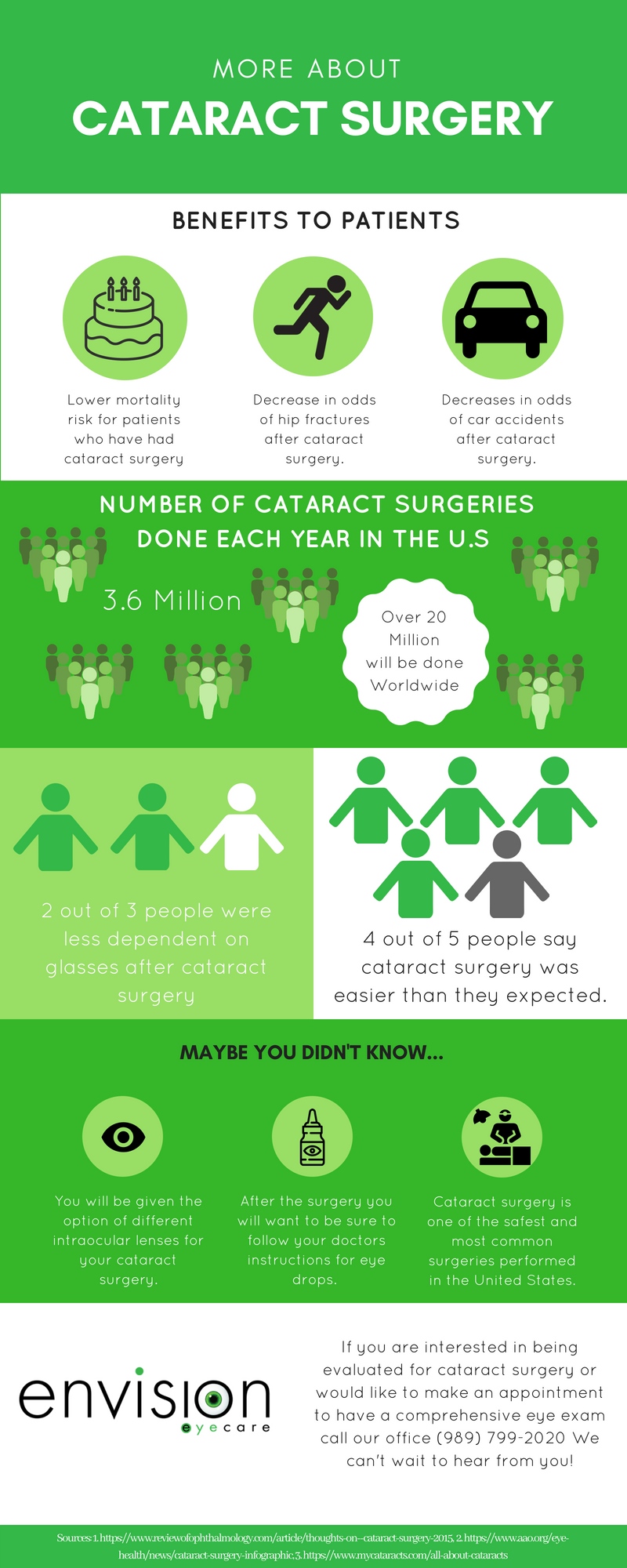A Comparative Research Of Typical Cataract Surgical Treatment And Laser-Assisted Methods: Benefits And Limitations
A Comparative Research Of Typical Cataract Surgical Treatment And Laser-Assisted Methods: Benefits And Limitations
Blog Article
Article Developed By-Bay Christensen
When pondering the choice in between traditional cataract surgical procedure and laser-assisted strategies, you may find yourself evaluating the benefits and disadvantages each approach provides. The decision goes beyond the surface degree of cost and precision, delving into the realm of long-lasting results and client fulfillment. As you browse through the intricacies of these 2 approaches, it comes to be critical to understand the nuanced details that can considerably affect your aesthetic clarity and overall experience. Stay tuned to uncover the critical elements that will certainly direct your decision-making procedure in this important element of eye care.
Traditional Cataract Surgical Procedure Benefits And Drawbacks
When considering conventional cataract surgical procedure, you might discover that it's a reputable and widely-used strategy. In this procedure, a specialist makes a tiny incision in the eye and utilizes ultrasound to break up the gloomy lens before removing it. Once the cataract is gotten rid of, an artificial lens is placed to bring back clear vision.
One of the primary benefits of traditional cataract surgery is its track record of success. cataract surgery category 3 have actually had their vision significantly enhanced through this procedure. Furthermore, typical surgical procedure is frequently covered by insurance coverage, making it a more obtainable option for many individuals.
However, there are some drawbacks to traditional cataract surgery also. Recovery time can be longer compared to newer techniques, and there's a slightly higher risk of problems such as infection or inflammation. Some people might likewise experience astigmatism or need reading glasses post-surgery.
Laser-Assisted Techniques Benefits And Drawbacks
Checking out laser-assisted strategies for cataract surgical treatment unveils a modern-day technique that uses laser modern technology to perform vital action in the procedure. Among the main advantages of laser-assisted cataract surgical procedure is its precision. The laser permits incredibly exact incisions, which can cause much better visual outcomes. In addition, making use of lasers can lower the amount of ultrasound power required throughout the surgery, possibly reducing the danger of issues such as corneal damage.
On the downside, laser-assisted techniques can be extra expensive contrasted to typical approaches. This cost mightn't be covered by insurance policy, making it much less obtainable to some clients.
An additional factor to consider is that not all cataract doctors are trained in laser technology, which could restrict your options for choosing a surgeon.
Last but not least, while the laser can automate specific elements of the treatment, the surgical treatment still needs a competent cosmetic surgeon to make certain effective results.
Relative Evaluation of Both Methods
For a detailed understanding of cataract surgery techniques, it's essential to carry out a relative analysis of both standard and laser-assisted approaches.
Typical cataract surgical procedure includes hands-on incisions and using portable devices to break up and remove the over cast lens.
On the other hand, laser-assisted cataract surgical treatment makes use of innovative modern technology to develop precise incisions and separate the cataract with laser power before removing it.
In terms of accuracy, laser-assisted techniques offer a higher degree of precision contrasted to typical approaches. cataract surgery 20/80 of lasers allows for personalization of the procedure based upon each person's eye anatomy, possibly resulting in much better visual results.
Nonetheless, laser-assisted cataract surgical procedure tends to be much more pricey than standard surgical procedure, which might restrict availability for some individuals.
While both methods are effective in restoring vision damaged by cataracts, the selection in between traditional and laser-assisted methods often relies on aspects such as cost, accuracy, and private patient needs.
Consulting with your ophthalmologist can help establish the most appropriate approach for your cataract surgical procedure.
Final thought
Finally, when choosing in between conventional cataract surgical treatment and laser-assisted techniques, consider elements like price, precision, and private requirements. Traditional surgical treatment offers a proven performance history and insurance policy coverage but may include longer recuperation times. Laser-assisted techniques supply higher precision and personalization however can be more costly and not always covered by insurance. Eventually, the choice in between the two techniques depends on what is crucial to you and your specific scenario.
